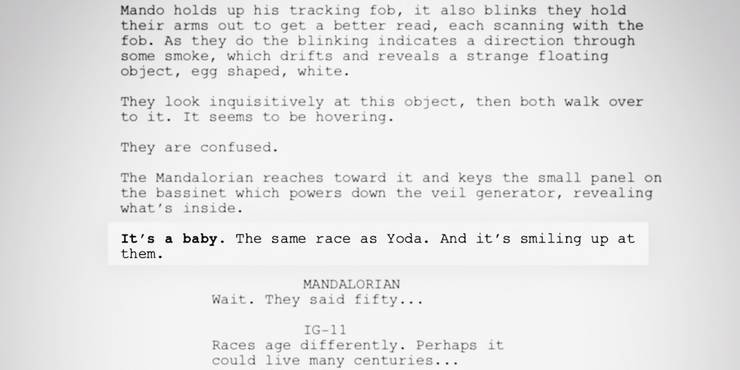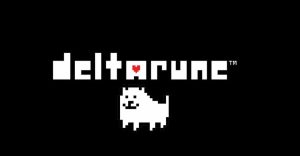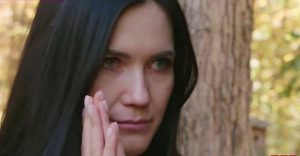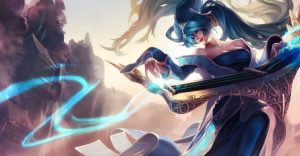How To Draw Comics: Tips And Tricks For Beginners

These days, it’s easier than ever for cartoonists and comic book creators to share their vision with the world. Thanks to the Internet, artists and writers don’t have to wait for a newspaper or comic book company to accept their creation – they can simply self-publish them on their own website, or an online platform like LINE Webtoon and reach thousands, if not millions, of readers.
Of course, just because the tools cartoonists have access to today have grown more sophisticated doesn’t mean that comic creators can expect the Internet to do everything for them. Cartooning takes talent and perseverance, after all, and one can hardly expect to launch a successful webcomic or online graphic novel without first mastering the skills of telling a story in comic book or comic strip form.
Fortunately, there are plenty of tips and tricks aspiring cartoonists can use to help guide them on their path to turning a vague idea and some stick figures into an eye-catching series of sequential storytelling panels that will keep readers flipping pages (or clicking the mouse key). Here are a few popular tips and tricks for beginning comic creators and cartoonists.
Work Out Your Ideas Before Drawing Your Comic

Practically all storytellers, cartoonists or otherwise, agree it’s a good idea to know what your story is before you start working out your layouts. Get in the habit of carrying a notebook and filling it with story ideas. Come up with character sketches, ideas for settings, and work out where you want your story to go and how you want your characters to be challenged and how they should develop.
Once your ideas have accumulated to the point where the story is clear in your head, write a script. How detailed the script is can vary depending on how you work – some comic creators like creating full-blown Hollywood-style scripts while others are fine with a detailed outline. Either way, having some kind of script will provide a helpful guide when it comes time to draw the comic – and remember, you can always change the script as the story develops.
Discover The Drawing Through The Process

Matthew Childers is a comic book artist who has self-published several comics, including Jigsaw World, Adventures in Pulp, and Moon Hunters: Tales of the River Folk. On his website, he offers some tips for how to draw faster – something critical when it comes time to draw 20-page comic books with 4-5 panels (or more) per page.
According to Childers, artists should start with a plan before drawing comics, ideally by scribbling quick thumbnail sketches on sticky notes. This will help cartoonists get their ideas down quickly and help them edit later on. Speed and flow are also very important for Childers, who encourages artists to scribble out their layouts and discover what they need to draw through action, not rigid forms or shapes.
Childers also advises artists not to refine or edit their layouts too much but rather go into drawing the final illustrations. Again, he urges artists not to over complicate the process but work out the frameworks and textures of the characters and objects they’re drawing as they begin to take shape on the page. Ultimately, he emphasizes artists should concentrate on telling a story as best as they can – not perfectly.
Create Settings You Love Drawing

Kryistyna Baczynski is an illustrator, comic book artist, and designer. Her comic Hand Me Down was nominated for Best Short at the 2016 Eisner Awards. Baczynski encourages beginning cartoonists and comic book illustrators to set their comic strips and comic books in places that they love drawing. Cartoonists who enjoy drawing wildlife may enjoy creating a comic book set in a jungle while artists more gifted at drawing architectures may want to set their stories in cities.
Since cartoonists and comic book artists are going to draw the same settings over and over again in multiple panels, Baczynski points out that by creating a setting they enjoy drawing, they can give themselves an edge.
Practice Improving the Weak Areas of Your Art Daily

On the flip side, comic book artist and art teacher Robert A. Marzullo encourages cartoonists and creators to focus on the things they can’t draw easily or well and spend time every day improving those areas. What those things are exactly depends on the artist – some artists have been accused of not being able to draw feet very well, while others may find it difficult to draw objects or items like trees or books. By identifying these problem areas and gaining a level of expertise in them, cartoonists won’t get stuck when they’re inevitably called on to draw those things at some point.
Learn From Drawing Tutorials

Receiving instruction on how to improve the weak areas of your technique can also be very helpful in developing artistic skills. Granted, not everyone can afford to go to art school, but thanks to the Internet, art tutorials abound on YouTube and free websites.
Indie comics artist and storyboard artists Joe Catapano offers free drawing tutorials on everything from drawing hands to motorcycles to sci fi style sports cars. He even offers a (free) step-by-step tutorial on creating a comic book. While learning through a computer isn’t the same as in-person instruction, you can definitely pick up some excellent techniques and show yourself how willing you are to improve your craft.
Get Constructive Criticism

Robert A. Marzullo (and many other professional artists) encourage aspiring comic book artists, cartoonists, and illustrators to regularly seek and learn to take constructive criticism about their artwork and visual storytelling abilities. The critique doesn’t have to come from a famous comic book artist (although many artists do seek out critiques from such artists at comic book conventions).
While beginning cartoonists may not enjoy accepting criticism that points out their work’s shortcomings, Marzullo points out that sooner or later, a professional will point out flaws in an artist’s work, making it vital that they learn to take such critique sooner than later.
Naturally, a beginning comic book artist isn’t going to learn everything he or she needs to know just from the tips and tricks above. Nevertheless, every cartoonist, illustrator, or comic book artist should incorporate these strategies and habits into their creative routine at some point – making it more likely that their dreams can be better communicated through their best webcomic or independent graphic novel!
About The Author


















